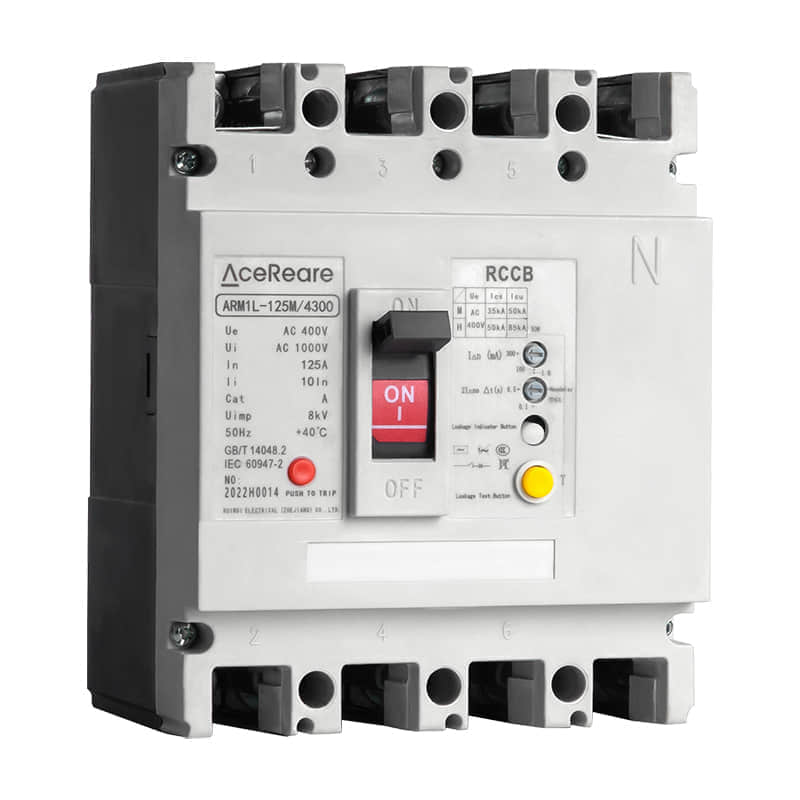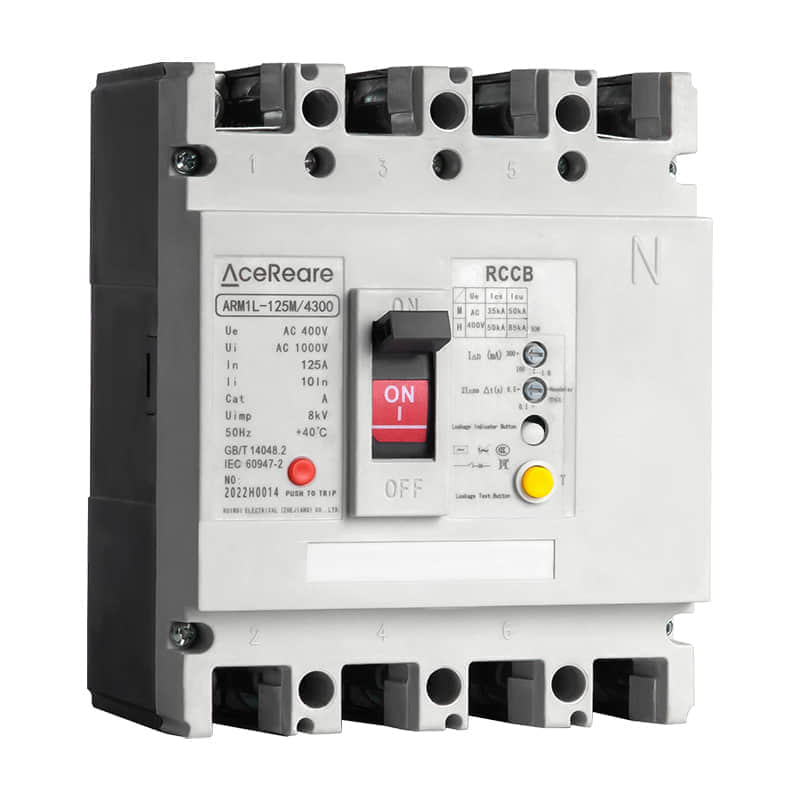In the realm of electrical engineering and safety, the Residual Current Circuit Breaker (RCCB) stands as a pivotal innovation that has revolutionized the way we protect lives and property from electrical hazards. This advanced device, also known as a residual-current device (RCD) in some regions, plays a critical role in safeguarding against electric shock and fire risks. In this article, we will delve into the significance and workings of RCCBs, highlighting their essential features and importance in modern electrical systems.

Introduction to RCCBs

The primary objective of an RCCB is to detect and mitigate the risks associated with electric current imbalances caused by faulty wiring, insulation breakdown, or human contact with live conductors. Unlike traditional circuit breakers that primarily protect against overcurrents, RCCBs are specifically designed to address the danger of electric shock by quickly interrupting the circuit when an imbalance is detected. How RCCBs Work RCCBs operate based on the principle of Kirchhoff’s law, which states that the sum of currents entering a junction must equal the sum of currents leaving the junction. An RCCB continuously monitors the current flowing into and out of a circuit. If there is a difference between these two currents, even as small as a few milliamperes, it signifies a leakage of current, typically through a person’s body. The RCCB then reacts swiftly, tripping the circuit within a fraction of a second to prevent potential harm. Key Features and Types RCCBs come in various types, each designed to cater to different applications and scenarios. Some of the key features and types include: Standard RCCB: These devices offer basic protection against electric shocks and are commonly used in residential and commercial installations. Selective RCCB: This type of RCCB is designed to coordinate with other protective devices in the circuit, ensuring that only the faulty section is isolated while the rest of the system remains operational. Time-delay RCCB: It includes a time-delay mechanism to differentiate between transient leakage currents and sustained imbalances, preventing unnecessary tripping. Sensitive RCCB: These devices are capable of detecting even lower leakage currents, making them ideal for critical applications where minimal leakage is essential. Importance in Electrical Safety RCCBs play a vital role in reducing the risk of electric shock and preventing fires caused by electrical faults. In a world heavily reliant on electricity, these devices provide a crucial layer of protection for both individuals and property. They are particularly important in environments where water and electricity are in close proximity, such as kitchens, bathrooms, and outdoor areas. Installation and Maintenance Proper installation and regular maintenance of RCCBs are imperative to ensure their effectiveness. These devices should be installed by qualified electricians in accordance with local electrical codes and standards. Regular testing, typically done using a dedicated test button on the RCCB, helps confirm their operational status. Conclusion The Residual Current Circuit Breaker stands as a testament to human ingenuity in enhancing electrical safety. Its ability to detect and respond to current imbalances promptly has saved countless lives and prevented numerous accidents. As technology continues to evolve, RCCBs will likely become even more sophisticated, further solidifying their role in modern electrical systems. In a world where safety is paramount, the RCCB shines as a beacon of innovation, protecting lives and property with each passing day.
